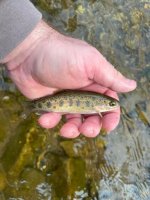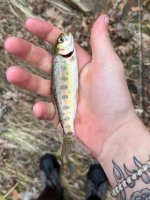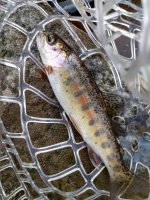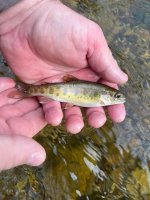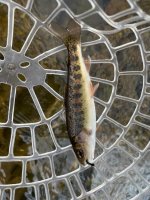C
Cznymph
Active member
The rainbows in the smokies are of a spring spawning strain.I have a few ideas why Bows do not usually spawn in Pa. but they would only be my opinions. However I fish a decent amount of time in Va, North Carolina and Tennessee and many of there streams are full of wild rainbows. The stream conditions and climate is very similar to ours in Pa. so I do not agree with some of the post. Perhaps someone can explain why these states have many streams with small wild rainbows along with small wild brook trout.

